Eco-Tourism: A Sustainable Wildlife Conservation
- August 15, 2024
- 0 comment
A responsible travel approach that emphasizes conservation and sustainable development, is gaining popularity worldwide. It offers a unique opportunity to explore natural habitats while contributing to the preservation of wildlife and local communities. By promoting environmental awareness and minimizing the ecological footprint, eco-tourism fosters a harmonious relationship between tourists and nature. This sustainable form of tourism not only helps protect endangered species and fragile ecosystems but also supports economic growth in rural areas.
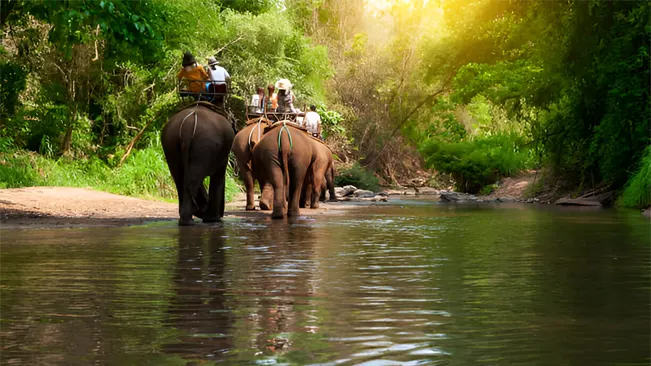
List of Sustainable Wildlife Conservation:
- Conservation
- Education
- Community Benefits
- Sustainable Practices
- Financial Support
- Community Engagement
- Habitat Preservation
- Reducing Human-Wildlife Conflict
Principles of Eco-Tourism
Conservation
Therefore aids in the enhancement of conservation for natural ecosystems and species since the money received from tourism activities is used to fund some conservation works. Some of the uses of this funding include creation and defense of conservation spaces, rewilding projects, fauna population surveys, and the fight against poaching.
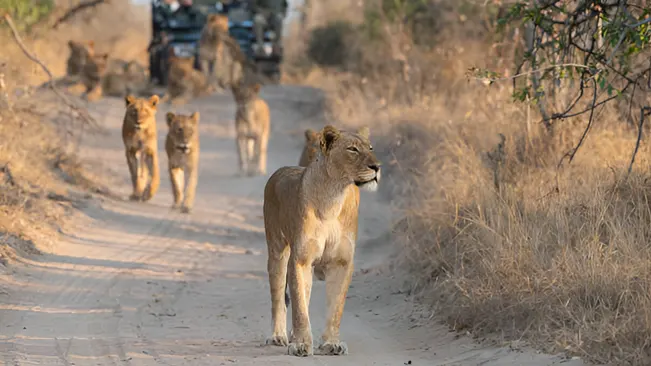
Further, it relieves the fiscal stress on organizations public and non-profit, thus enabling them to reduce their budget constraints and increase their coverage of conservation programs. Eco-tourism also offers assurance that conservation is economically viable, thus easily capable of reinventing its ways and means every time new problems of the natural world arise, hence able to protect the ecosystems and species for a long time.
Education
To educate these tourists about the importance of preserving these areas, the wealth of the local people, and the processes of the ecosystems into which they are venturing. The attained is done through qualified tour guides who give more details on the resources they impact, and this increases the perception of tourists.

These services include guided tours which interprets the destination’s ecological and or cultural significance through presentations in form of talks, live demonstrations or dramatic performances, exhibits that are likewise hands-on and workshops that gets the visitors participate in activities that promotes the ecological and or cultural significance of a destination. The educational program are double beneficial since they contribute to an enhancement of the tourists’ experience as well as promote appreciation and commitment to the wise use of natural and cultural site.
Community Benefits
Strives to provide significant economic opportunities and empowerment for local communities by ensuring that tourism revenues are reinvested directly into the local economies. This reinvestment supports various livelihoods, including those in hospitality, guiding services, and artisanal crafts, thereby creating jobs and boosting income for residents.

Additionally, eco-tourism initiatives often fund community projects such as education, healthcare, and infrastructure development, which improve the overall quality of life. By involving locals in the management and operation of tourism activities, it fosters a sense of ownership and stewardship over their natural and cultural resources. This sense of empowerment encourages communities to actively participate in conservation efforts and sustainable practices, ensuring that the benefits of eco-tourism are both long-lasting and equitably distributed.
Sustainable Practices
Promotes minimal environmental impact by advocating for and implementing sustainable practices that prioritize the health of ecosystems. This includes rigorous waste reduction strategies, such as recycling programs, composting, and minimizing single-use plastics, to prevent pollution and conserve natural resources. Water conservation measures are also integral, employing techniques like low-flow fixtures, rainwater harvesting, and greywater recycling to ensure sustainable water use.

Energy conservation is achieved through the use of renewable energy sources, energy-efficient appliances, and smart technology to reduce carbon footprints. Moreover, eco-friendly infrastructure is a cornerstone of sustainable eco-tourism, encompassing the use of locally-sourced, sustainable building materials, green building designs, and environmentally-sensitive construction methods that blend with the natural landscape and reduce habitat disruption. These combined efforts ensure that eco-tourism not only provides a high-quality visitor experience but also actively contributes to the long-term health and preservation of the environments it aims to showcase and protect.
The Role of Eco-Tourism in Wildlife Conservation
Financial Support
Revenue generated from eco-tourism can be directed towards conservation projects, such as anti-poaching efforts, habitat restoration, and wildlife monitoring programs.
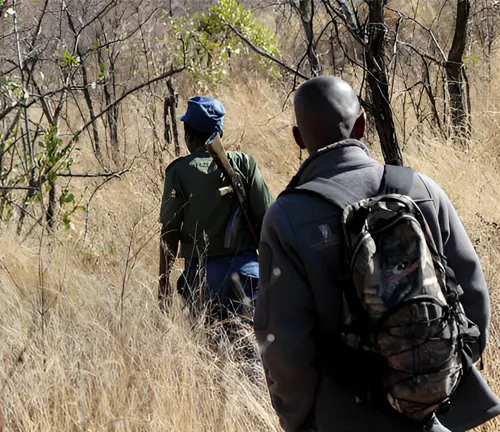
Community Engagement
By involving local communities in eco-tourism initiatives, it fosters a cooperative approach to conservation. Communities are more likely to protect wildlife and habitats when they directly benefit from their preservation.
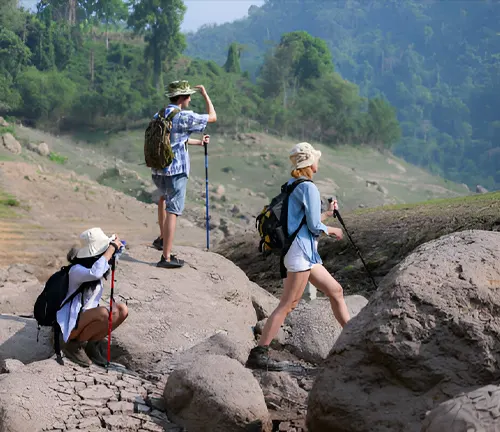
Habitat Preservation
Eco-tourism helps in preserving critical habitats. Protected areas and nature reserves funded by tourism revenues ensure that large tracts of land remain undeveloped and available for wildlife.

Reducing Human-Wildlife Conflict
By providing alternative livelihoods, eco-tourism reduces the dependence on activities that harm wildlife, such as hunting and logging. It also promotes coexistence by educating locals and tourists about sustainable interactions with wildlife.
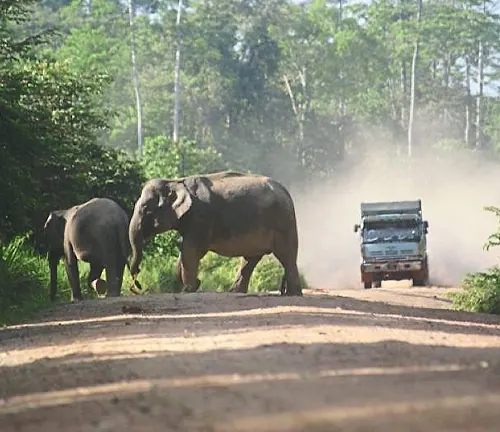
Best Practices in Eco-Tourism
- Regulated Visitor Numbers
Limiting the number of visitors to sensitive areas helps reduce environmental pressure and maintain the ecological balance. - Eco-Friendly Infrastructure
Building accommodations and facilities with sustainable materials and practices ensures minimal impact on the environment. - Waste Management
Implementing robust waste management systems, including recycling and composting, helps keep natural areas clean and reduces pollution. - Training and Certification
Training guides and staff in sustainable practices and obtaining eco-certifications ensure that operations meet high environmental and ethical standards. - Monitoring and Evaluation
Regularly monitoring the environmental impact of tourism activities and making necessary adjustments helps in maintaining the sustainability of eco-tourism projects.
Case Studies
Costa Rica
Known for its rich biodiversity, Costa Rica has successfully integrated eco-tourism into its national strategy. The country has established numerous national parks and protected areas, funded in part by tourism revenue. Local communities benefit from jobs in guiding, hospitality, and conservation projects.
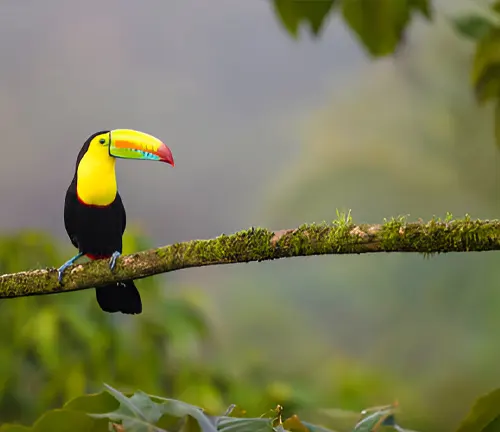
Kenya
In the Maasai Mara, eco-tourism has provided incentives for local Maasai communities to protect wildlife. Conservancies established through tourism partnerships have led to increased wildlife populations and improved livelihoods for the Maasai people.

Galápagos Islands
Strict regulations on visitor numbers and activities help protect the unique ecosystems of the Galápagos Islands. Eco-tourism revenue supports conservation efforts and scientific research crucial for the islands’ preservation.

Bhutan
Bhutan’s high-value, low-impact tourism policy limits the number of tourists and ensures that tourism revenues contribute to conservation and community development. This approach has helped preserve Bhutan’s pristine landscapes and rich biodiversity.

Australia’s Great Barrier Reef
Eco-tourism operations in the Great Barrier Reef focus on education and sustainable practices. Tour operators adhere to strict guidelines to minimize environmental impact, and tourism revenue funds coral restoration projects and marine conservation research.

Challenges and Future Directions
- Over-Tourism
Popular eco-tourism destinations can suffer from over-tourism, leading to environmental degradation and loss of biodiversity. Effective management strategies, such as visitor quotas and seasonal closures, are essential to mitigate these impacts. - Mismanagement
Poorly managed eco-tourism projects can fail to deliver conservation benefits and may even harm local ecosystems and communities. Transparent governance, community involvement, and regular audits are necessary to ensure eco-tourism initiatives remain on track. - Greenwashing
Some tourism operators may falsely market themselves as eco-friendly without adhering to sustainable practices. Certification programs and consumer awareness can help combat greenwashing and promote genuine eco-tourism efforts.
Technological Integration
- Drones and Remote Sensing
Drones and satellite imagery provide valuable data for monitoring wildlife populations, habitat conditions, and the impacts of tourism activities. This technology enables more accurate and efficient conservation efforts. - Mobile Applications
Mobile apps can enhance the eco-tourism experience by providing real-time information on local wildlife, conservation efforts, and sustainable practices. They can also facilitate visitor management and data collection. - Virtual Reality (VR)
VR can offer immersive experiences without physical travel, reducing environmental impact while raising awareness about conservation issues.
Collaborative Efforts
Successful efforts depend on collaboration between governments, NGOs, local communities, and the private sector. Policies that support sustainable tourism, community engagement, and environmental protection are crucial.
- Public-Private Partnerships
Collaborations between governments and private enterprises can leverage resources and expertise to develop and manage eco-tourism projects effectively. - Community-Led Initiatives
Empowering local communities to lead these initiatives ensures that they have a vested interest in conservation and receive direct benefits from tourism activities. - International Cooperation
Cross-border collaboration is essential for conserving migratory species and transboundary ecosystems. International agreements and partnerships can enhance the effectiveness of tourism and conservation efforts.
Conclusion
Eco-tourism represents a sustainable approach to wildlife conservation, offering a harmonious balance between environmental protection, economic development, and community well-being. By adhering to its core principles and best practices, eco-tourism can play a significant role in preserving the planet’s biodiversity for future generations. Through continuous innovation, collaboration, and commitment to sustainability, eco-tourism can help address the pressing challenges facing our natural world and contribute to a more sustainable and prosperous future for all.
Frequently Asked Questions (FAQs)
- What is eco-tourism?
Eco-tourism is a form of sustainable travel that focuses on visiting natural areas to conserve the environment, support local communities, and educate tourists about ecological and cultural issues. - How does sustainable tourism benefit local communities?
It provides economic opportunities, creates jobs, and reinvests tourism revenues into local infrastructure, education, healthcare, and conservation projects, fostering a sense of ownership and stewardship. - What are some examples of sustainable practices in eco-friendly tourism?
Sustainable practices include waste reduction and recycling programs, water and energy conservation measures, the use of renewable energy sources, and the construction of eco-friendly infrastructure using sustainable materials. - How can responsible travel contribute to wildlife conservation?
It generates revenue that supports conservation projects, reduces human-wildlife conflict through community engagement, and preserves critical habitats by establishing protected areas funded by tourism activities. - What role do guides play in eco-friendly tourism?
Guides educate tourists about the ecological and cultural significance of the areas they visit, providing interpretive programs and fostering a deeper understanding and appreciation of conservation efforts. - How can tourists ensure they are participating in genuine sustainable tourism?
Tourists can choose certified operators, support businesses that adhere to sustainable practices, and educate themselves about the environmental and social impacts of their travel choices. - What are the challenges facing eco-tourism?
Challenges include over-tourism, mismanagement of projects, the potential for greenwashing by unscrupulous operators, and the need for continuous adaptation to ensure sustainability. - Can eco-friendly tourism be practiced in urban areas?
Yes, through initiatives such as urban wildlife tours, visits to botanical gardens and green spaces, and sustainable city tours that highlight eco-friendly practices and local conservation efforts. - What are some popular destinations for sustainable tourism?
Popular destinations include Costa Rica, the Galápagos Islands, the Maasai Mara in Kenya, Bhutan, and Australia’s Great Barrier Reef, all known for their rich biodiversity and commitment to sustainable tourism practices. - How does sustainable tourism differ from traditional tourism?
It emphasizes sustainability, conservation, and community benefits. It focuses on responsible travel that minimizes environmental impact, supports local economies, and educates tourists about the importance of preserving natural and cultural heritage.

Evan Bennett
Forestry AuthorEvan Bennett brings over a decade of expertise in forestry wildlife management to the forefront, specializing in habitat conservation, biodiversity, and human-wildlife interaction. Evan's work ensures harmonious coexistence between wildlife and human communities through effective and sustainable practices. Continuously engaging in research and workshops, Evan stays at the cutting edge of wildlife management advancements. As a trusted advisor and contributor to leading environmental journals, Evan is dedicated to preserving the natural world for future generations.













Leave your comment